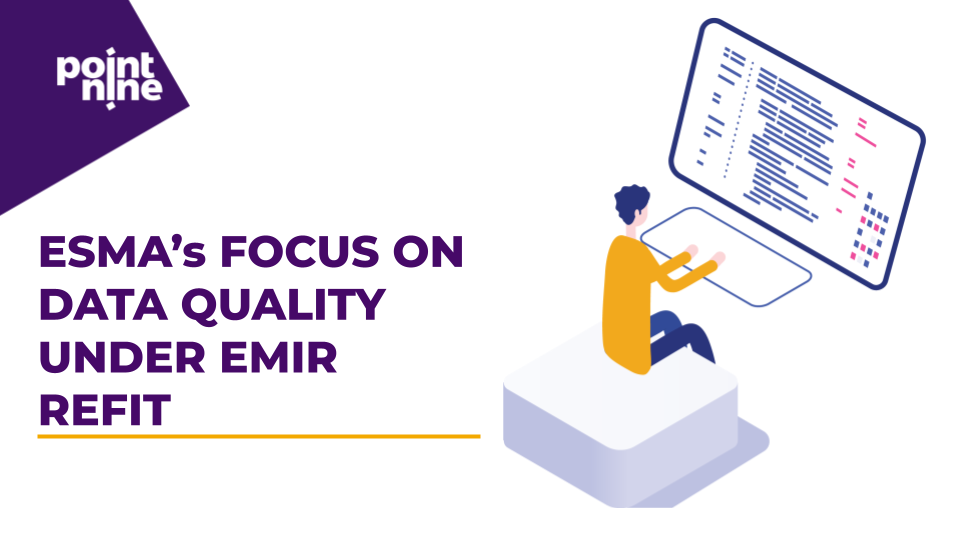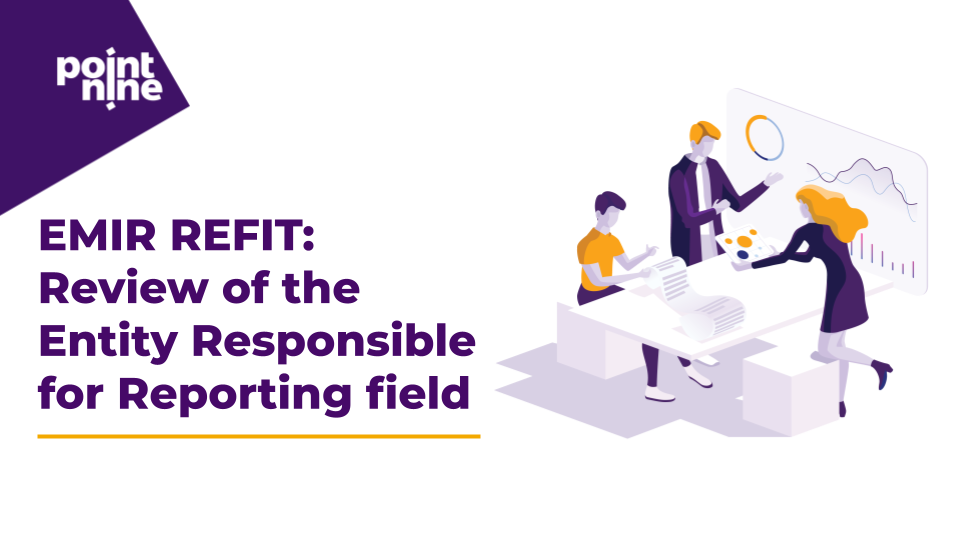We use cookies to help you navigate efficiently and perform certain functions. You will find detailed information about all cookies under each consent category below.
The cookies that are categorized as "Necessary" are stored on your browser as they are essential for enabling the basic functionalities of the site. ...
Necessary cookies are required to enable the basic features of this site, such as providing secure log-in or adjusting your consent preferences. These cookies do not store any personally identifiable data.
Analytical cookies are used to understand how visitors interact with the website. These cookies help provide information on metrics such as the number of visitors, bounce rate, traffic source, etc.
Performance cookies are used to understand and analyze the key performance indexes of the website which helps in delivering a better user experience for the visitors.
Advertisement cookies are used to provide visitors with customized advertisements based on the pages you visited previously and to analyze the effectiveness of the ad campaigns.

In this edition of our EMIR REFIT review we focus on the reporting of the direction of the trade. We…

In this edition of our EMIR REFIT review we explore some of the new fields and changes to existing fields…

In the second edition of our EMIR Refit review, we look at another significant reporting requirement introduced by ESMA and…

As we analyse the RTS / ITS and the Final Report on the Guidelines for reporting under EMIR, recently published…

New ISO20022 XML format Firms will be required to submit their transaction reports to the trade repositories (TR) in the…

Article 26 of MiFIR Corporate Actions In which level do the transaction reporting requirements under Article 26 of MiFIR apply…

Point Nine’s team of experts explain the worldwide classifications of financial instruments (CFI) and what their relationship to EMIR, MIFIR, and…

EMIR mandates reporting of all derivatives to Trade Repositories (TRs). TRs centrally collect and maintain the records of all derivative…

For the purposes of limiting credit exposure between counterparties, ESMA requires counterparties to deposit margin as a means of collateral….

A Point Nine Guide to Collateral Reporting for the purposes of limiting credit exposure between counterparties; ESMA requires counterparties to…

Definition of OTC derivative contract As per Article 2 (7) of EMIR the definition of OTC derivatives is the following:…

What is the Clearing Threshold? OTC derivative contracts that are not executed on a regulated market or third country equivalent…

ESMA has set the rules for the Natural Persons Identifiers to be used in MIFIR transaction reporting. In accordance with ESMA…

What you should know about the EMIR Refit regarding reporting obligation for FCs and NFCs Article 9 of EMIR as…

The Investment firms register is a public register of investment firms authorised by the FCA that provide or perform MiFID…

In March 2019, the Financial Conduct Authority (FCA) of the United Kingdom issued substantial fines to two large banks—Wall Street…

Financial counterparties and non-financial counterparties shall mark-to-market on a daily basis the value of outstanding contracts. Thus, the mark to…

According to ESMA, “counterparties should follow their local time to determine the day on which the derivative was concluded, modified…

What You Need to Know About the Securities Financing Transaction Regulation in 2020 As we all know, the Securities Financing…

ESMA Opinion and Determination of third-country trading venues for the purpose of transparency under MiFID II/MiFIR List of third-country trading…

SFTR: What is ESMA’s Role in 2020? The Securities Financing Transaction Regulation (SFTR) went into effect in April 2019. Now…

It has been almost a year since the Securities Financing Transaction Regulation (SFTR) went into effect. However, less than 12…

It’s no secret that the major reporting regimes – MiFID II, EMIR, MiFIR, REMIT, CSDR, SFTR, FinfraG – have drastically…

It’s no secret that the European financial market has experienced serious turmoil and reform in the last five years. With…

Over the last decade, the trade finance and post-trade markets in Europe have seen significant changes. After the most recent…

The European financial market has been through significant regulatory changes in the last decade—namely the enactment of Markets in Financial…

In the last decade, the European financial market has seen drastic changes, specifically regarding the regulation of the post-trade market….

The markets established in a third country and listed below have been considered as equivalent to a regulated market in…

The Undertakings for the Collective Investment in Transferable Securities (UCITS) is a regulatory framework of the European Commission that creates…

Systematic internalisers (SIs) are investment firms which, on an organised, frequent, systematic and substantial basis, deal on own account by…

Regulated Market (RM) – A multilateral system ran and/ or managed by a market operator subject to enhanced government requirements,…

Approved publication arrangement (APA) is a person authorised under the provisions established in the MIFID II Directive to provide the…

An OTF is a multilateral system that facilitates multiple third-party buying and selling interests in bonds, structured finance products, emission…

Multilateral Trading Facility (MTF) – An MTF is a multilateral system operated by an investment firms or a market operator,…

Approved Reporting Mechanism (ARM) means a person authorised under the provisions established in the MiFID II Directive to provide the…

The Alternative Investment Fund Managers Directive (AIFMD) is a European Union (EU) regulation that applies to hedge funds, private equity…

The most complex regulatory framework With about 11 months to go until the introduction of MiFID II/MiFIR in the European…

Financial firms must confront the challenge of complying with a host of regulations. Often, these rules are numerous, complicated and…

Executive Summary A new EU legislation named The Securities Financing Transactions Regulation (SFTR) entered into force on January 12, 2016….

The Omnibus Directive requires ESMA to establish a list of all investment firms in the European Union. The Registries database…

The trade repositories listed have been registered by ESMA in accordance with Regulation (EU) No 648/2012 of the European Parliament…

This International Standard specifies a universal method of identifying exchanges, trading platforms, regulated or non-regulated markets and trade reporting facilities…

ISO currency codes are the three-letter alphabetic codes that represent the various currencies used throughout the world. Each of the…

The purpose of ISO 3166 is to define internationally recognized codes of letters and/or numbers that we can use when…

The letters in the tables below indicate the contract delivery month and are part of listed futures and options instrument…